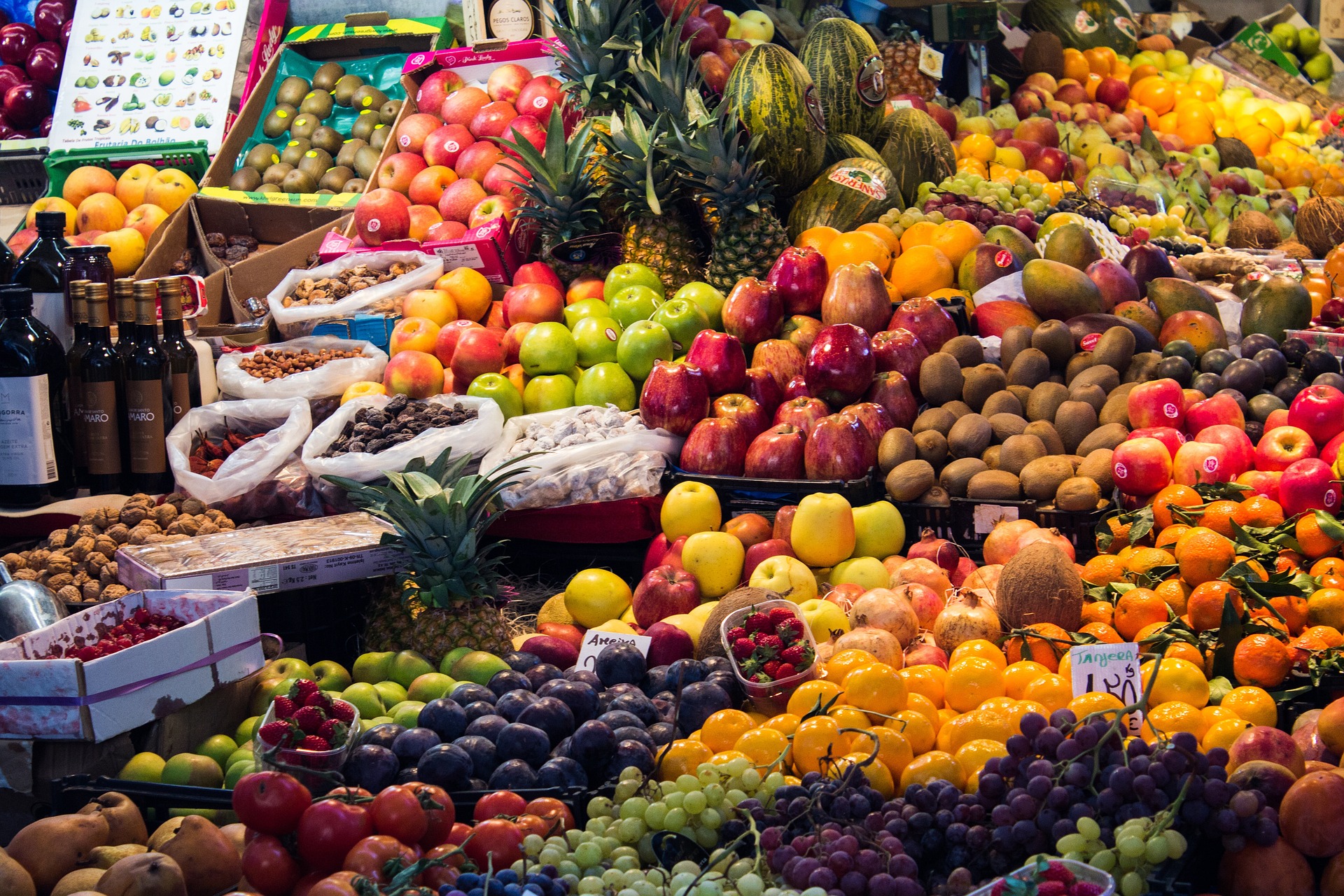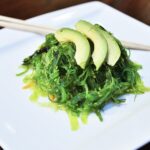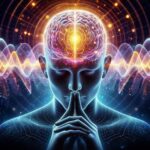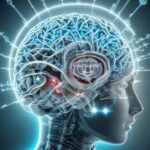
Top Health News — ScienceDaily Top stories featured on ScienceDaily’s Health & Medicine, Mind & Brain, and Living Well sections.
- Ivermectin: The mosquito-killing pill that dropped malaria by 26%on July 26, 2025 at 4:09 pm
A groundbreaking study has revealed that the mass administration of ivermectin—a drug once known for treating river blindness and scabies—can significantly reduce malaria transmission when used in conjunction with bed nets.
- This sugar substitute does more than sweeten — it kills cancer cellson July 26, 2025 at 2:30 am
Fermenting stevia with a banana leaf-derived probiotic turns it into a powerful cancer-fighting agent that kills pancreatic cancer cells while sparing healthy ones. The secret lies in a metabolite called CAME, produced through microbial transformation.
- This DNA test can predict if a 5-year-old will be obese as an adulton July 26, 2025 at 2:17 am
What if we could predict obesity before it ever takes hold? A global team has created a genetic test that forecasts a child’s risk of adult obesity before age five—years before other factors kick in. By analyzing data from over five million people, their polygenic risk score doubles the predictive power of previous tools. While genetics isn’t destiny, those with higher genetic risk respond better to weight loss interventions but may regain weight quickly. The tool isn’t perfect, it performs far better in people of European ancestry, but it’s a game-changer in early prevention.
- Millipedes make ants dizzy — and might soon treat human painon July 25, 2025 at 11:14 am
Millipedes, often dismissed as creepy crawlies, may hold the secret to future painkillers and neurological drugs. Researchers at Virginia Tech discovered unique alkaloid compounds in the defensive secretions of a native millipede species. These complex molecules, which cause disorientation in ants, interact with human neuroreceptors linked to pain and cognition. By decoding these natural chemical defenses, scientists could open a new path toward innovative drug therapies, though challenges remain in producing the compounds at scale.
- The plant virus that trains your immune system to kill canceron July 25, 2025 at 9:07 am
A virus from humble black-eyed peas is showing extraordinary promise in the fight against cancer. Unlike other plant viruses, the cowpea mosaic virus (CPMV) can awaken the human immune system and transform it into a cancer-fighting powerhouse, without infecting human cells. By comparing it to a similar, but ineffective, virus, researchers uncovered that CPMV uniquely triggers potent interferons and immune responses, making it a low-cost, plant-grown immunotherapy on the fast track toward clinical trials.
- AI turns immune cells into precision cancer killers—in just weekson July 25, 2025 at 3:24 am
A breakthrough AI system is revolutionizing cancer immunotherapy by enabling scientists to design protein-based keys that train a patient s immune cells to attack cancer with extreme precision. This method, capable of reducing development time from years to weeks, was successfully tested on known and patient-specific tumor targets. Using virtual safety screenings to avoid harmful side effects, the platform represents a leap forward in personalized medicine.
- This bedtime snack swap could rewire your gut and help prevent diabeteson July 25, 2025 at 3:20 am
A new study reveals that swapping a typical nighttime carbohydrate snack for pistachios may beneficially alter gut bacteria in people with prediabetes. Conducted by Penn State researchers, the 12-week clinical trial found that pistachio consumption increased beneficial gut microbes like Roseburia and reduced harmful ones such as Blautia hydrogenotrophica. These microbiome changes could potentially support metabolic health and slow the progression to Type 2 diabetes. While more research is needed to confirm health outcomes, this study positions pistachios as a promising late-night snack with microbiome-boosting potential.
- Four hidden types of autism revealed — and each tells a different genetic storyon July 25, 2025 at 2:45 am
Scientists at Princeton and the Simons Foundation have identified four biologically distinct subtypes of autism, using data from over 5,000 children and a powerful new computational method. These subtypes—each with unique traits, developmental paths, and genetic signatures—promise to revolutionize how we understand, diagnose, and treat autism.
- Even without catching COVID, the pandemic may have quietly aged your brainon July 24, 2025 at 4:32 pm
Even people who never caught Covid-19 may have aged mentally faster during the pandemic, according to new brain scan research. This large UK study shows how the stress, isolation, and upheaval of lockdowns may have aged our brains, especially in older adults, men, and disadvantaged individuals. While infection itself impacted some thinking skills, even those who stayed virus-free showed signs of accelerated brain aging—possibly reversible. The study highlights how major life disruptions, not just illness, can reshape our mental health.
- Scientists just resurrected the 1918 “Spanish Flu” virus—here’s what they foundon July 24, 2025 at 4:13 pm
Scientists in Switzerland have cracked open a century-old viral mystery by decoding the genome of the 1918 influenza virus from a preserved Zurich patient. This ancient RNA revealed that the virus had already adapted to humans at the very start of the pandemic, carrying mutations that made it both more infectious and more immune-resistant. By pioneering a new method to recover fragile RNA from preserved tissue, researchers gained rare insights into how flu viruses evolve. The study not only revives the history of one of humanity’s deadliest outbreaks but also arms us with critical knowledge to face future pandemics with smarter, science-based strategies.






